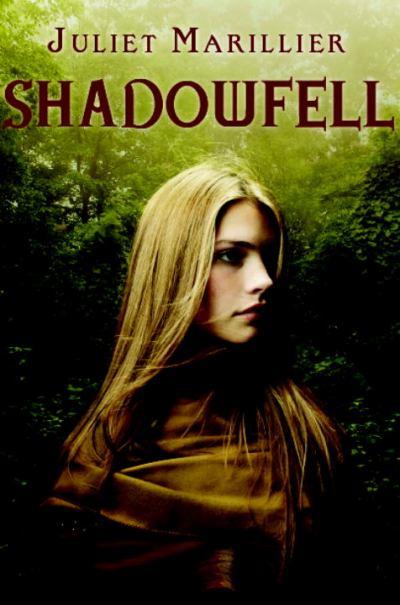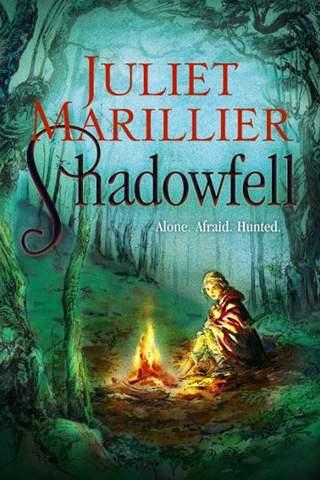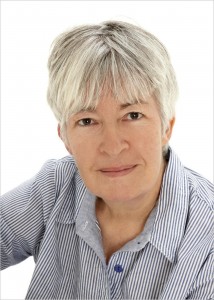Ask dedicated readers of fantasy, and epic fantasy in particular, what makes a book special for them, and I’d guess a majority would place good world-building high on the list. I’m talking about novels in which the secondary world is so well realised and so expertly woven into the story that the reader becomes immersed in it within the first few pages: a world that’s convincing, consistent and fascinating. Its parameters and its quirks won’t be set out for us in long passages of descriptive exposition, but will be integral to the plot and will emerge as the story unfolds.
Many fantasy worlds are loosely based on medieval Europe – horse transport, sword fights, kings and queens. Some are more exotic, like the version of feudal Japan that provides the setting for Lian Hearn’s Tales of the Otori. A writer who knows her history can play boldly with it, as Jacqueline Carey does in her Kushiel’s Legacy series. Some worlds have in-built anachronisms, as in steampunk; some add extras to known history (Naomi Novik’s Temeraire series does the Napoleonic wars with dragons.) Since we’re talking fantasy, it’s often a world in which systems of magic are a key plot element – think Garth Nix’s Sabriel series or the Britain of Hogwarts.

My novels are generally classified as historical fantasy – they contain elements of the uncanny, but they are set in ‘real world’ times and places. Known world events, such as Viking voyages to the north of Scotland or merchant trading between Romania and Turkey, take place in the background while the (fictional) story of the book unfolds. I do almost as much research for each book as I would if I were writing a straight historical novel – history, geography, flora and fauna, culture, language. And most important of all, mythology and folklore, since that’s where the fantasy elements of my books begin. I’ve written eleven adult novels and two books for young adults more or less on this model.
My new novel, Shadowfell, steps outside that framework. It’s the first book I’ve chosen to set in a ‘made-up world’.
So how did I go about creating this world? You won’t need to delve too deep to work out that the uncanny characters of the Shadowfell series, the Good Folk, are based on Scottish folklore, and that the realm of Alban is an alternative, magical version of ancient Scotland. History it ain’t. It’s a Scotland that never was, in which men and women mingle with a race of magical beings who inhabit the high mountains, the lonely lochs and the deep caves; a Scotland steeped in the uncanny. The map of Alban does resemble the Great Glen area, but it’s not a perfect match by any means. The human characters’ names are a blend of Scots and Pictish; the clans of Good Folk take their names from nature so, for instance, the mountain clan are named for Scots alpine plants – Hawkbit, Woodrush, Twayblade – and the fighting clan of the north, whom we meet in the second book, have names like Stack, Grim and Scar. The Good Folk speak Scots dialect – I must have absorbed a lot of the language growing up in Dunedin, New Zealand, as those characters’ speech pretty much wrote itself.

Creating the world of Shadowfell was deeply rewarding; a bit like going home after half a lifetime away. But for me a compelling story and engaging characters are far more important than world building. In Shadowfell, I set out to write a story about being brave when your world is falling apart; about finding your strength when you are at your very lowest; about having hope when you’ve suffered more blows than you can count. The protagonist, Neryn, starts the story alone, penniless and on the run. She’s not a ballsy superwoman; she’s tired, hungry and afraid. Alban is in the grip of a tyrant. It’s a place where speaking out for justice means your door gets kicked in and your family dragged away in the middle of the night. It’s a place where a magical gift such as Neryn’s must be hidden if a person wants to survive. It takes phenomenal courage to stand up to that kind of repression. Shadowfell is about finding that kind of courage.
Juliet has a copy of Shadowfell to give-away to an Australian or New Zealand reader.

